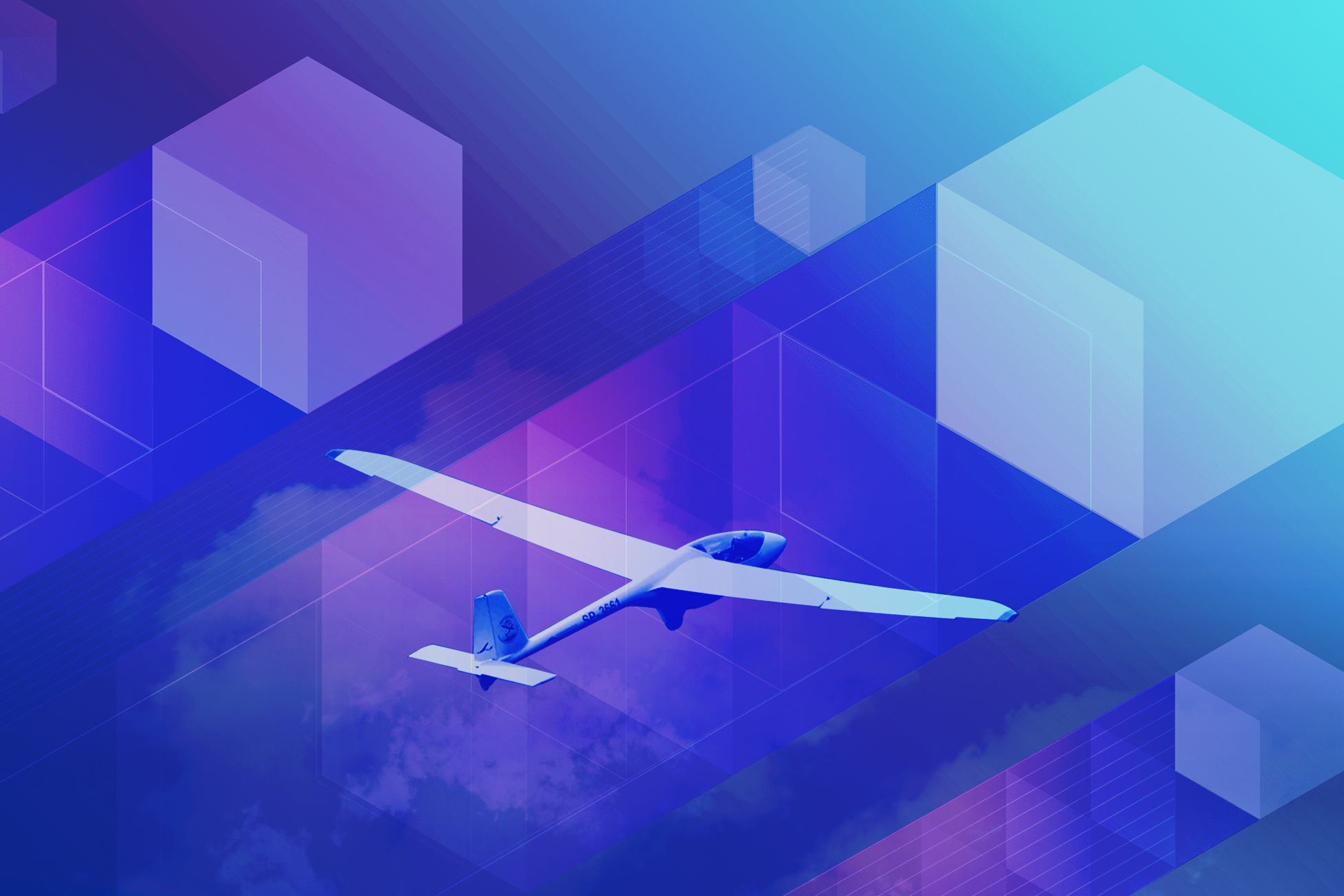
- By José E. Rodríguez Huerta
- ·
- Posted 18 May 2020
The fastest and least expensive migration to the cloud is the ‘lift and shift’ ( or re-hosting, ‘Forklifting’). Lift and shift is shorthand for taking an existing application and moving it to the cloud into an environment that is an exact replica of the original on-premise data-centre. The best part - this process does not require any modification to be made to the application. After the migration, you can enjoy the benefits of the cloud to reduce your costs. Often, re-hosting can be a convenient starting point to a complete transformation of the company tech stack.
How to decide if ‘lift and shift’ is a suitable solution? Check if there is even a need to move your application form on-premise to the cloud. If your current set-up gives you:
You might not have any reason to force changes. If something works - don’t break it. Is the company planning to retire the application next year? A migration might be a wasted effort in that case. If moving to the cloud is still required, check how important software is for the company. Use ‘lift and shift’ for applications that idle a lot and for which you don’t want to invest in rebuilding. With cloud elasticity, you can reduce the costs of computing power thanks to easy scaling on-demand. Consider re-hosting for applications that are outgrowing your existing infrastructure too fast. Further investment in hardware might be expensive and too slow. With limited time for environmental change, refactoring might not be the way either. You can always start reworking applications to better leverage cloud benefits later.
What does ‘lift and shift’ bring to the table?
An instant migration without the initial costs of changing applications. GE Oil & Gas reduced their costs by 52% when they migrated over 500 applications to AWS, most of the time using re-hosting. Even if you can’t fully leverage cloud benefits, you will still have access to some of them. Cloud flexibility and elasticity gives you control over computing power needs at demand. No need to invest more into expensive, under-used equipment. Easier scaling will help handle spikes in the required resources. This can happen in minutes, not days or months, and scaling down is easy and fast. You pay for what you need at the exact time you need it. The company will get many, easy to implement disaster recovery options. The cloud provides better security to protect your systems and data. The same goes for geographical expansion - already done for you. You don’t have to build and support another data-centre in a different region of the world. This is as simple as leveraging existing infrastructure from your provider. Done right, re-hosting will transfer your software to the cloud in a matter of days, and you’ll see an immediate return on investment. If you are looking for additional reasons to undertake such a transformation, see this as a good opportunity to train your team. ‘Lift and shift’ is a great starting point for technological transformation. The company can start with non-crucial systems. This way, the team can gain experience with cloud technologies and migration processes. This will bear fruit. More crucial migrations will go smoother and faster.
Netflix started their migration to the cloud in 2008 when they experienced an outage at their data-centre. This blocked their operations for three days. The primary reason for migration was to remove a single point of failure. With the ‘lift and shift’ solution, you can solve this issue fast. GE Oil & Gas was facing the problem of multiple small and specialized applications. Parts of them were idle most of the time, wasting computing power. They didn’t want to invest in refactoring them as well. With re-hosting, they completed a fast and cost-effective migration. This provided the possibility to scale-up only when needed, reducing under-used resources. A similar situation might happen if you need to move the application with a specific set-up. Use ‘lift and shift’ when a Platform as a Service solution cannot meet the requirements. Does your company need to expand to another location? re-hosting can reduce not only the cost of a new data-centre but time as well. A smooth migration will cut unnecessary investments and open the door to an easy expansion. Netflix used re-hosting for their initial migration and then began systems improvements. This can be a valid case for a ‘lift and shift’ - make an easy migration and then improve the software in the same environment.
A ‘lift and shift’ can be a simple copy-paste, but only if you prepare everything in advance. Let’s look at problems that might occur while re-hosting. Don’t worry, they should not all appear at once in a single project.
Legacy applications are often the first candidates for re-hosting. Systems that have been updated and changed over the years can often cause documentation to become inconsistent and incomplete. This can lead to a lack of knowledge of important settings that exist on-premise. Out-of-date information can hide vital dependencies for the application.
Even with the complete list of dependencies, check licenses for them. They might be bound to specific IP addresses or DNS configuration. Those will change when moving software. The cloud gives you an environment that differs from your data-centre. Not only can the hardware be different, but the set-up and performance details of your applications in the cloud might also vary compared to on-premise. Those minor variations could alter the application test suites giving false-positive results. The team might mistakenly believe that their software is working properly.
The ‘lift and shift’ approach lets you move to the cloud fast but will limit your gain. Architecture for an on-premise data-centre is often monolithic. Those applications could consume more computing power than expected in the cloud. Latency issues are possible, causing drops in performance. Those problems might lead to unexpected crashes, or a total failure of the migration, costing time and money to find and fix them in the middle of the transformation.
Data and software you plan to move should be checked upfront for legal compliance. Data protection and licenses might not allow them to move from a private data-centre. Worth keeping in mind.
After a ‘lift and shift’ you might see that estimated costs are not as low as expected. Some applications can work inefficiently in the cloud. Systems consuming more resources or with higher latency might blow up your budget. This is true for graphic-rendering or applications which are constantly processing heavy-load data.
One more thing - last-minute changes. It’s tempting to do the small refactoring in the application. Get more from cloud architecture and use ‘lift and shift’’s simplicity at the same time. This is a bad idea. Even if other problems are solved, you will rather introduce a bunch of new ones this way. Those might be hard to fix due to a lack of proper reference points of working applications.
All of the above might cause a team to lose their commitment to the transformation. A team that is not engaged makes more mistakes and does not work at full speed.
We know major issues that might undermine the migration. How can you prepare applications for a successful lift and shift? First, keep the team engaged. Show them new opportunities to grow after and during the migration. Do your homework with the application, don’t assume that it should work out of the box. Check and update documentation before you start. This can help find missing dependencies or licensing issues. Contact your vendors upfront. Vendors who are aware of your migration will respond faster when you need support at critical points. After checking the documentation, do a full application health check on-premise. The entire operation will be much easier if you keep a working reference point. It is easier to debug and have a reliable benchmark this way, which in turn is useful to find eventual misconfiguration and fine-tune performance. As an extra, you will get an emergency rollback option. Above are reasons to not introduce last-minute changes to your application. You might introduce unexpected, hard to find bugs and safe harbour to return. Check cloud providers for any tools that might help you with the process. They are often secure and tested, no need to reinvent the wheel. You can also find a company that specializes in digital transformation. Instead of facing these challenges alone, get reliable, experienced people to work with. They have walked this path before and can help you avoid pitfalls.
Lift and shift is the cheapest and fastest choice to migrate your systems to the cloud. The company doesn’t have to invest a lot of time and money. No need to re-architecture existing solutions. You can benefit from the cloud quickly if the migration is done right. With a ‘lift and shift’, the company only invests in the preparation for a smooth migration. Re-hosting is a faster solution than refactoring or rebuilding the whole software. Ongoing saving will occur in different forms. Reduced costs of maintenance compared to an on-premise infrastructure. The possibility of scaling down the idling applications when possible, cutting down ongoing costs. Investments in under-used equipment and storage space are no longer needed - pay for what you use. The cloud will give you flexibility, elasticity and will provide you with exactly what you need when you need it. You won’t pay all the time for computing power to handle spikes or periodical workload - you can scale fast and easy. Starting a digital transformation with an inexpensive and fast migration can bring more value to the company. Moving less important systems first will give experience to the team. This will bear fruit later for more complicated or important migrations.



Software is our passion.
We are software craftspeople. We build well-crafted software for our clients, we help developers to get better at their craft through training, coaching and mentoring, and we help companies get better at delivering software.